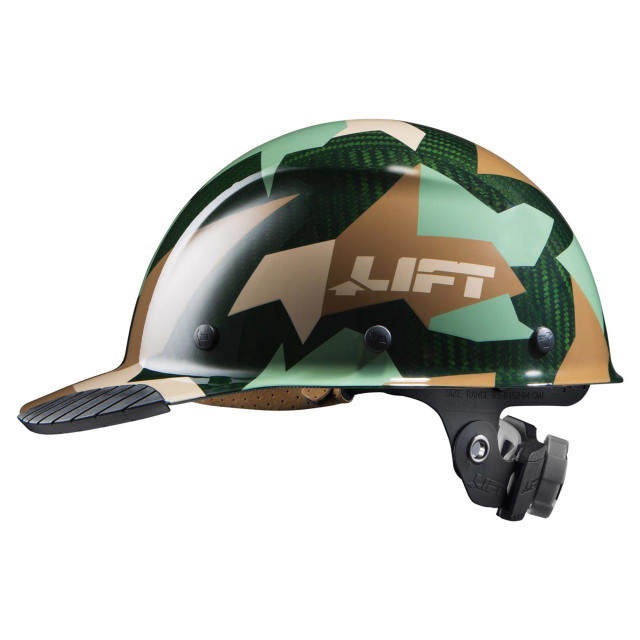Lift hard hats are an essential component of personal protective equipment (PPE) for workers in many industries, providing critical protection against head injuries. However, wearing a hard hat is not enough to ensure full compliance with safety regulations. Both workers and employers need to be aware of lift hard hat regulations and requirements to guarantee a safe work environment. In this blog post, we will explore what workers need to know about lift hard hat regulations, focusing on four key points.

Regulatory Agencies:
Several regulatory agencies set standards for lift hard hat use across different industries. The Occupational Safety and Health Administration (OSHA) is responsible for establishing and enforcing safety regulations in the United States, including regulations regarding lift hard hat use.
OSHA requires employers to provide hard hats to workers in areas where there is a risk of head injury from impact or falling objects. Hard hats must meet specific performance and testing requirements, including resistance to impact, penetration, and electrical shock. The American National Standards Institute (ANSI) also sets standards for hard hats, with three classes of hard hats available based on the level of protection required.
Other agencies, such as the Canadian Standards Association (CSA) and the European Committee for Standardization (CEN), also set standards for hard hats in their respective countries. Workers should be familiar with the regulatory agencies and standards that apply to their industry and work environment.
Hard Hat Selection:
Selecting the appropriate hard hat is critical in ensuring full compliance with lift hard hat regulations. Hard hats come in different types, styles, and classes, each designed to provide protection in specific work environments. Workers should select a hard hat that is appropriate for their job duties and work environment, verifying that it meets the required safety standards.
Hard hats come in different styles, including full-brim, cap, and bump caps. Full-brim hard hats provide protection against overhead impact, while cap hard hats are more compact and provide protection from impact to the top of the head. Bump caps offer minimal impact protection, suitable for low-risk work environments where the primary concern is minor bumps and scrapes.
Workers should also select a hard hat that is comfortable and fits securely, allowing them to wear it for extended periods. Hard hats that are too tight or too loose can compromise their effectiveness in protecting against head injuries.
Proper Maintenance:
Proper maintenance of lift hard hats is essential in ensuring their effectiveness in protecting against head injuries. Hard hats should be inspected regularly for signs of damage, wear, or deterioration. Even minor damage, such as cracks or scratches, can compromise the hard hat’s safety capabilities.
Workers should also keep the hard hat clean and dry, as moisture or contaminants can reduce its safety capabilities. Hard hats that have been exposed to significant impact or electrical hazards should be replaced immediately, even if there are no visible signs of damage. Workers should also replace hard hats that have become discolored or brittle, as these may indicate degradation of the materials used in the hard hat.
Proper Use:
Finally, proper use of lift hard hats is critical in ensuring compliance with regulatory requirements. Workers must wear hard hats in areas where there is a risk of head injury from impact or falling objects. Hard hats should be worn with the chin strap securely fastened, ensuring that the hard hat remains in place during work activities.
Workers must also avoid using hard hats for storage or as a mount for tools, lights, or other equipment. Objects attached to the hard hat can cause it to become unbalanced, reducing its effectiveness in protecting the worker. Hard hats should also not be modified or altered in any way, as this can compromise their safety capabilities.
In conclusion, lift hard hat regulations are critical in ensuring worker safety in industries where head injuries are prevalent. Workers must be familiar with regulatory agencies and standards, select the appropriate hard hat, maintain it properly, and use it correctly. Employers are responsible for providing the appropriate hard hats, ensuring their workers are trained on the regulations and requirements, and enforcing compliance with safety policies. By prioritizing lift hard hat regulations, employers can reduce the risk of head injuries and create a safer work environment for their employees.